Step through the gates of a historic site where the echoes of a military genius who shaped France still resonate, and immerse yourself in the world of the kingdom’s most famous engineer.
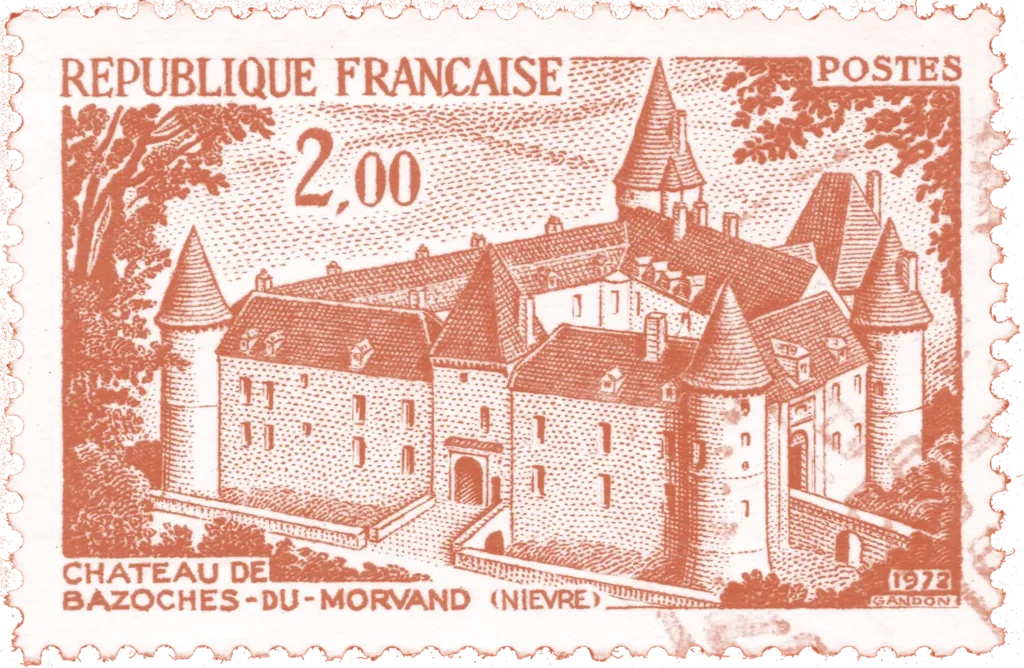
Who, more than Vauban, left such a lasting mark on French territory?
Which region or city does not, in fact, boast a fort, a stronghold, a rampart, or a vista built or designed by this illustrious Frenchman? Nearly three hundred fortresses and military structures are scattered across our country as a testament to his work.
Let us recall that the 15th century was a pivotal era in the field of fortification:
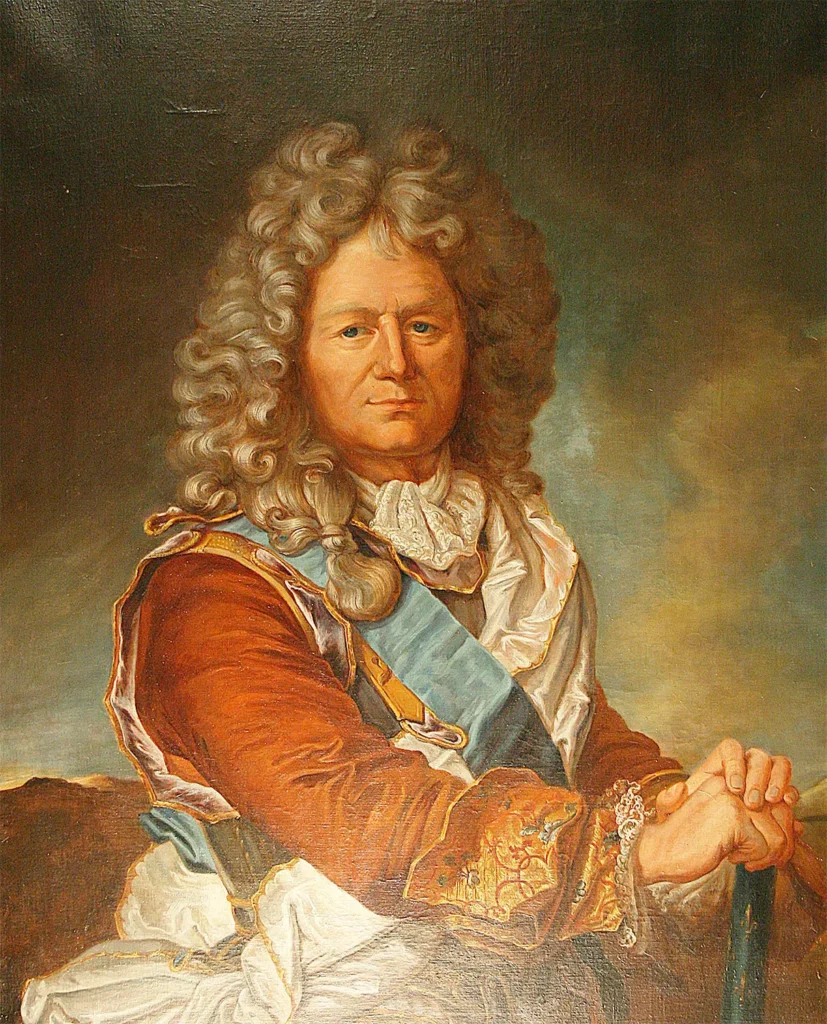
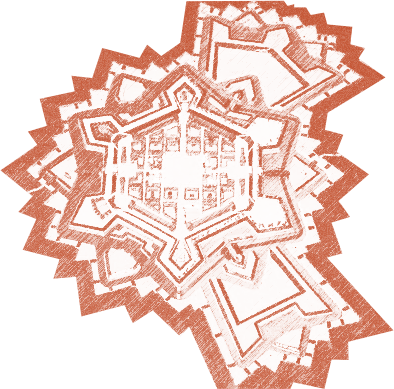

As early as 1530, the Italians invented strongholds with thick bastions capable of withstanding artillery fire, giving rise to fortified cities. The French adapted these principles, and Vauban perfected them, revolutionizing both defense and attack systems.
From the Château de Bazoches, transformed into a design office, Vauban and his engineers drew up the plans for France’s fortifications. This place became the birthplace of many military innovations, leading to the creation of the term “engineering,” referring to the branch of the military he founded.
The grand gallery of the château, now restored, was a hub of intense activity. Horseback messengers would depart to all corners of France, carrying in metal cases the plans and orders of Vauban.
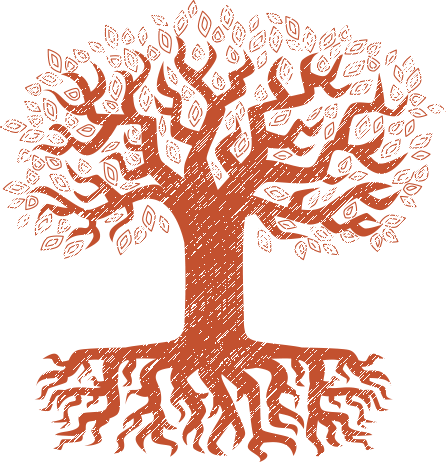
The Le Prestre de Vauban family traces its origins to ancient nobility, dating back to Jean Le Prestre in the 14th century. After setbacks during the Wars of Religion, the family settled in Nivernais and distinguished itself in forest management.
Urbain Le Prestre, Vauban’s father, faced financial difficulties, but Sébastien, born in Saint-Léger-de-Foucherets, proved to be talented in mathematics and drawing. In 1652, he joined the Condé Regiment during the Fronde, and his engineering skills led to him being recruited by Mazarin, marking the start of his military career.
It was at Bazoches that Vauban wrote many works, not only on military life, weapons, and fortifications but also on a wide range of other subjects (agriculture, forests, currency, science, etc.), which he humorously titled his “Oisivetés” (Leisure).
Finally, it’s important to mention his numerous studies on the economic, political, and fiscal issues of his time, including the famous DIME ROYALE (displayed at Bazoches), which he published without authorization at the end of his life and which led to a semi-disgrace from Louis XIV.
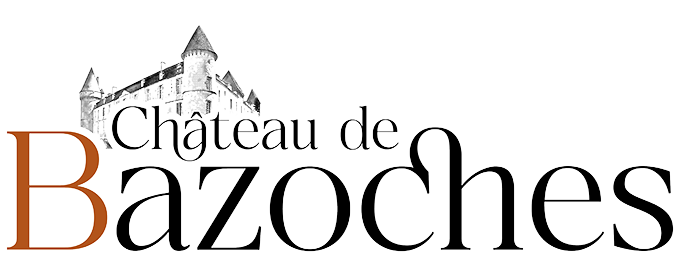
Ouvert tous les jours
10:00 – 17:00
(sauf 25 déc et 1er janv)
La billetterie en ligne est momentanément indisponible.
Nous nous excusons pour la gêne occasionnée.
Vous pourrez toutefois acheter votre billet sur place :

Ouvert tous les jours
10:00 – 17:00
(sauf 25 déc et 1er janv)
The online ticketing service is temporarily unavailable.
We apologize for any inconvenience caused.
However, you can buy your ticket on the spot:
Following the cancellation of an event scheduled from mid-May to mid-September 2026, all dates for this period are now available again!
Weddings, receptions, birthdays…